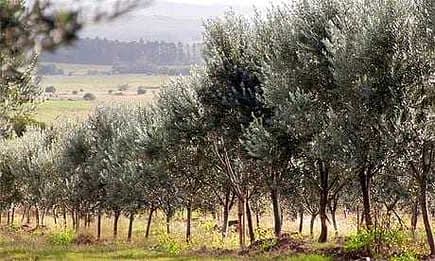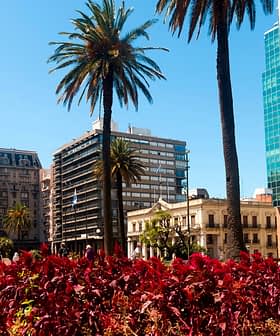
With expanding production and international recognition, Uruguay’s emerging olive oil sector has seen steady growth since 2002, and this year is no exception.
Brazil alone could absorb 100 percent of Uruguayan production
Reports indicate that the tiny agrarian country will produce around 550,000 liters this year, quadrupling last year’s figures. It is predicted that Uruguay will produce upwards of 10 million liters annually by 2020.
Surface area for olive cultivation is also seeing exponential growth. According to La Red 21, the country is adding on average 1,000 hectares annually, 95 percent of which is dedicated to olive oil production.
This spectacular growth is largely due to increasing foreign and national investment in the industry, which experienced renewed fervor following 2002’s economic crisis. Over US$50 million have been invested in the industry in the last decade, and next year four additional olive oil extraction plants will be added to the 16 already in operation.
“[Investors] were looking for alternatives to goods being produced in Uruguay at that time. The demand for healthy foods had been growing worldwide for decades, and olive oil was viewed as a possibility for some of these investor groups,” said Alberto Peverelli, vice president of the Asociación Olivícola del Uruguay (Asolur), in an interview with En Perspectiva.

Despite this rapid growth in volume, Uruguay is by no means a major producer, even when compared to other countries in the region. Argentina currently dedicates over 100,000 hectares to olive production.
In order to compete in the international market, Uruguayan producers have chosen to focus on quality instead of quantity.
“The quality factor is key. Uruguay, despite producing the quantities that we are talking about here, is not a country that can compete internationally in terms of volume, so we must aim for quality. It is very important to continue working on that aspect,” Peverelli said.
Although domestic consumption remains relatively high for the region, with the average Uruguayan consuming around 400 grams annnually, exports remain a top priority for the industry, with special status allocated to Brazil.
“We’ve been able to access markets in Europe and the U.S. but we know that the future is Brazil and the United States. Brazil is particularly important due to its proximity and logistical ease. Brazil alone could absorb 100 percent of Uruguayan production.”








